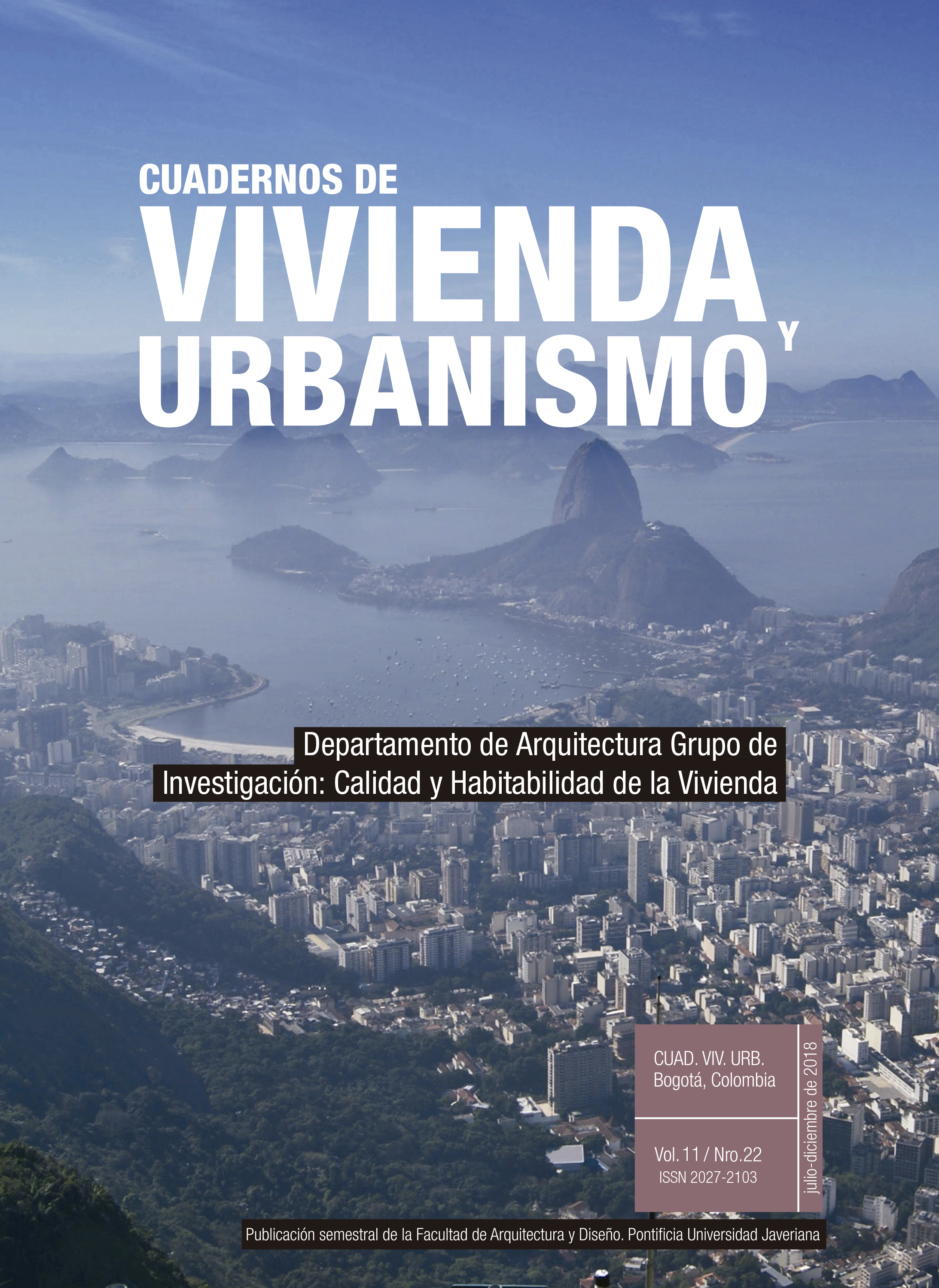Abstract
Urban growth causes the intensive sealing of the surfaces of the city. This fact modifies the thermal balance of urban spaces and consequently the temperature of the surrounding air and the surfaces of the urban / building envelope, among other factors. In order to analyze the environmental benefits of reflective and green technologies applied to roof surfaces, the mitigation potential of reflective (R) and green (V) roofs in 32 scenarios was contrasted. The scenarios modify their morphological and material configuration with respect to a base case. The incorporation of reflective and green roof technologies improves the habitability of outdoor spaces. The scenarios with reflective roof decrease the urban air temperature to 1,6 K and the scenarios with green roof up to 2,1 K.
This journal is registered under a Creative Commons Attribution 4.0 International Public License. Thus, this work may be reproduced, distributed, and publicly shared in digital format, as long as the names of the authors and Pontificia Universidad Javeriana are acknowledged. Others are allowed to quote, adapt, transform, auto-archive, republish, and create based on this material, for any purpose (even commercial ones), provided the authorship is duly acknowledged, a link to the original work is provided, and it is specified if changes have been made. Pontificia Universidad Javeriana does not hold the rights of published works and the authors are solely responsible for the contents of their works; they keep the moral, intellectual, privacy, and publicity rights.
Approving the intervention of the work (review, copy-editing, translation, layout) and the following outreach, are granted through an use license and not through an assignment of rights. This means the journal and Pontificia Universidad Javeriana cannot be held responsible for any ethical malpractice by the authors. As a consequence of the protection granted by the use license, the journal is not required to publish recantations or modify information already published, unless the errata stems from the editorial management process. Publishing contents in this journal does not generate royalties for contributors.



